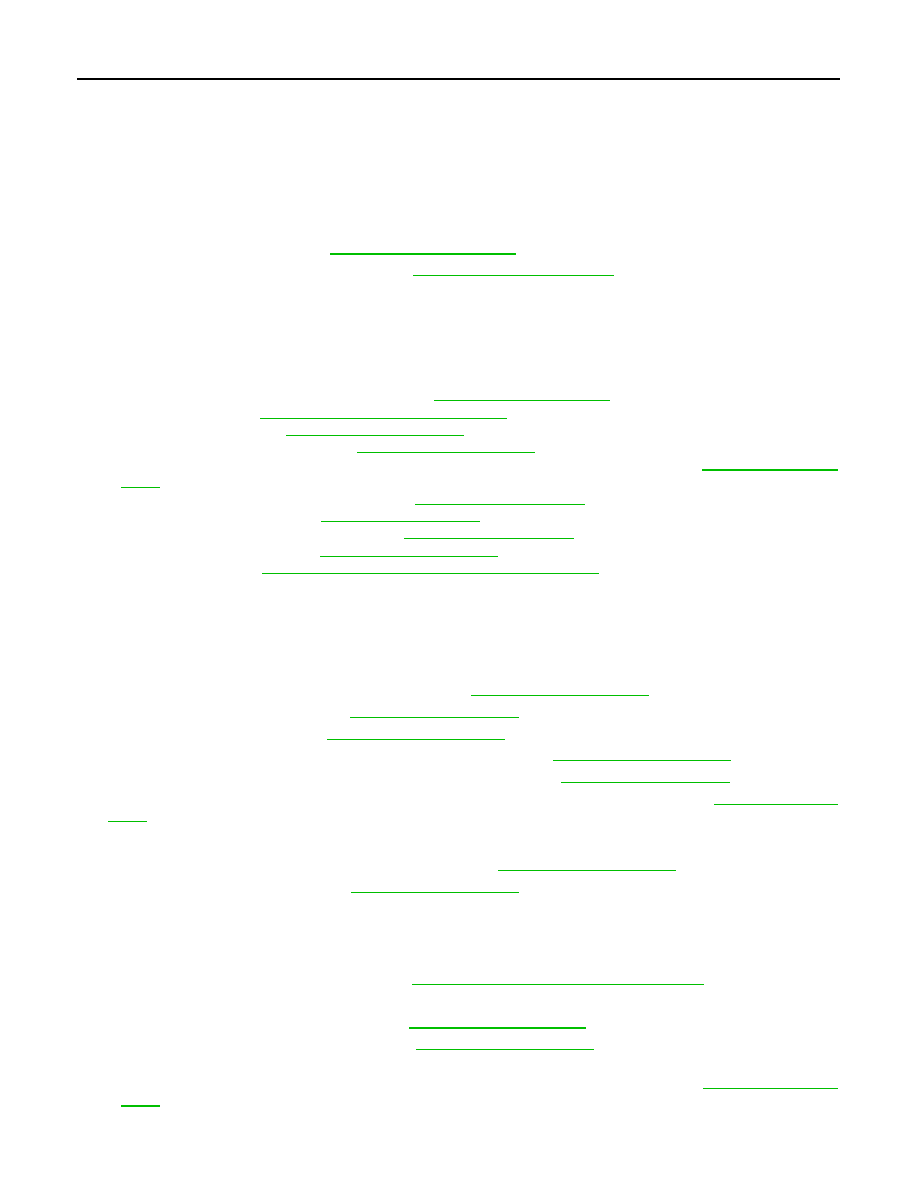Nissan Juke F15. Manual - part 666

EM-218
< UNIT REMOVAL AND INSTALLATION >
[MR EXCEPT FOR NISMO RS MODELS]
ENGINE ASSEMBLY
When removing components such as hoses, tubes/lines, etc., cap or plug openings to prevent fluid from spill-
ing.
REMOVAL
Outline
Remove the engine and the transaxle assembly from the vehicle downward. Separate the engine and the tran-
saxle.
Preparation
1. Release fuel pressure. Refer to
2. Drain engine coolant from radiator. Refer to
CAUTION:
• Perform this step when the engine is cold.
• Never spill engine coolant on drive belts.
3. Remove the following parts.
• Engine undercover
• Front road wheels and tires
• Front fender protector (RH and LH): Refer to
• Drive belt: Refer to
EM-185, "Removal and Installation"
• Engine cover: Refer to
.
• Battery and battery tray: Refer to
• Air duct, and air cleaner case assembly and air cleaner body assembly: Refer to
.
• Radiator hose (upper and lower): Refer to
• Exhaust front tube: Refer to
• Radiator cooling fan assembly: Refer to
.
• Charger air cooler: Refer to
.
• Alternator: Refer to
CHG-33, "MR16DDT : Removal and Installation"
Engine Room LH
1. Disconnect all connections of engine harness around the battery, and then temporarily secure the engine
harness into the engine side.
CAUTION:
Protect connectors using a resin bag against foreign materials during the operation.
2. Disconnect fuel feed hose quick connector. Refer to
.
3. Disconnect heater hoses. Refer to
.
4. Remove EVAP hoses. Refer to
.
5. Disconnect control cable from transaxle. (CVT models) Refer to
6. Disconnect control linkage from transaxle. (M/T models) Refer to
7. Disconnect clutch tube on transaxle side from clutch damper. (M/T models) Refer to
.
Engine Room RH
1. Disconnect vacuum hose from intake manifold. Refer to
.
2. Remove A/C compressor. Refer to
.
3. Remove ground cable at engine side.
Vehicle Underbody
1. Remove ground cable at transaxle side.
2. Remove drive shafts (RH and LH). Refer to
FAX-83, "2WD : Removal and Installation"
3. Remove rear torque rod.
4. Remove stabilizer connecting rod. Refer to
.
5. Remove front suspension member. Refer to
6. Preparation for the separation work of transaxle is as follows:
• Remove transaxle joint bolts which pierce at oil pan (upper) lower rear side. Refer to
.
Removal